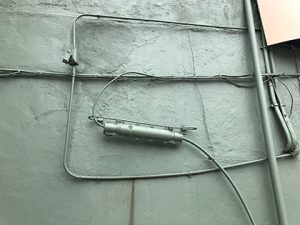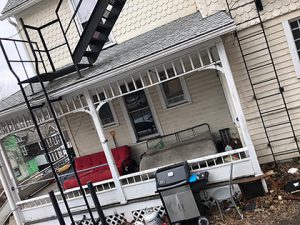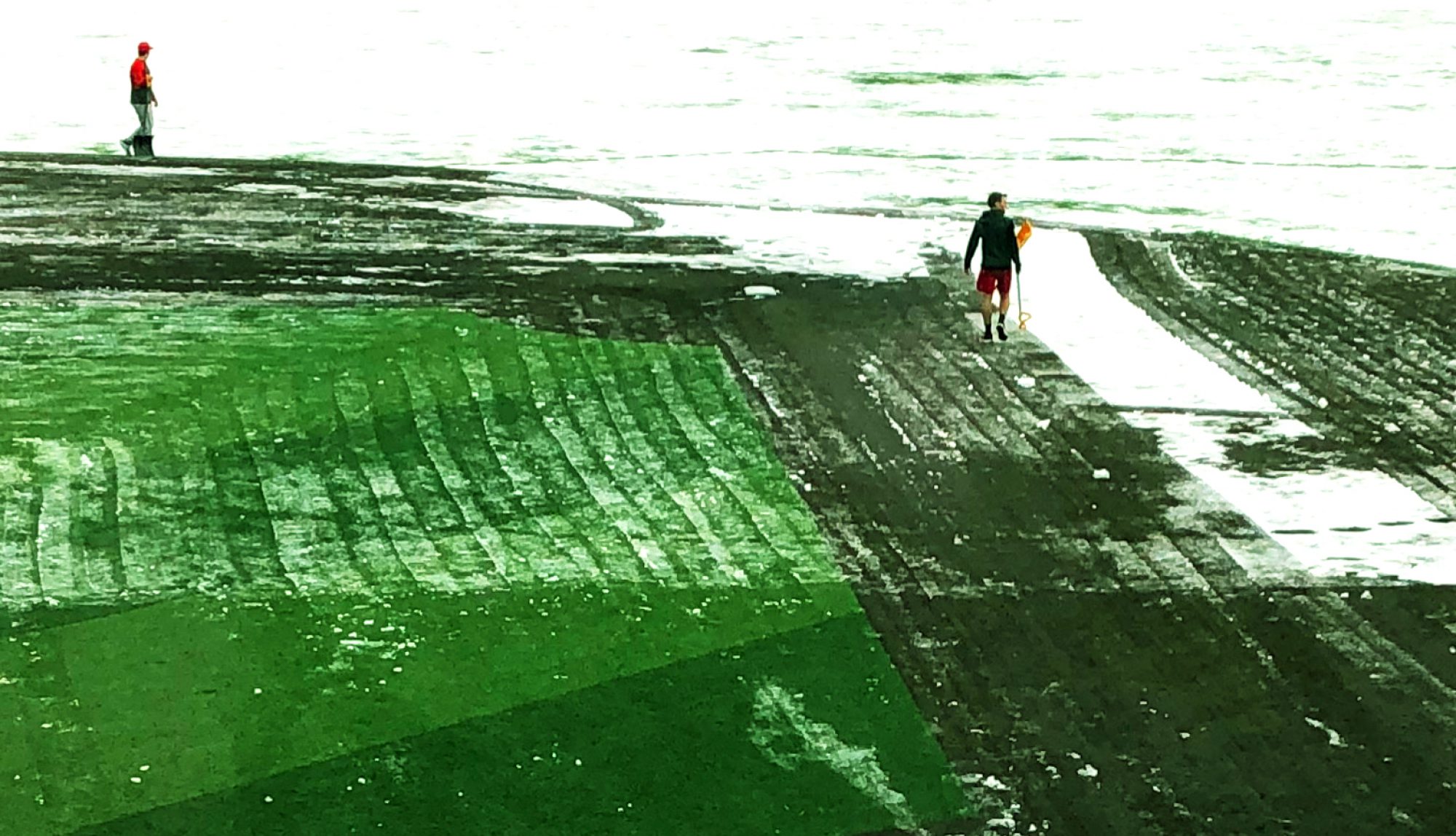
15 March 2019. The other side of the coin, the flip side of the silver dollar, ever-present deficiencies, failures or simply neglects. The border between the privileged campus landscape and its surroundings is sharp. On the one side an ordered ensemble of prominent edifices with proper names – Sage, Olin, Kennedy, Klarman, Rand, and Gates, just to mention a few, including some with supplementary female first names, such as the Annabel Taylor Hall, the Judith Eisner Pavilion, and the Jane Foster Library Addition – all further accentuated by their well-kept exteriors, trimmed lawns, cultivated interstices, well-maintained walkways. The contrast therefore, as you leave the academic realm, is quite palpable: On ‘the other side,’ you run into a more contingent kind of space; a material exteriority of relentless highlights and sharp shadows, as unfitting as emergent, as uncared-for as useful – an appended collegetown, clinging to the steep slopes as by hazard. It is impossible to describe this part of Ithaca in other than diminutive terms; it is indeed a random mish-mash of neglected wooden shingle style houses and oversized apartment blocks, squeezed-in for maximized profit, all irrespective of age in various stages of erosion. This is indeed a border settlement, and of course a privileged one, yet a kind of space for temporary stays, a space that do not call for engagement, a space embroidered with litter, with decorative asphalt crack formations, meandering blown down fences, the patterns and variegations of mould, rotting old couches and discoloured plastic furniture, forgotten holiday decorations, a tangled Brazilian flag, another torn, star-spangled one, bundles of electric cables running along facades, other crossing the field of view like an externalised nervous system…

